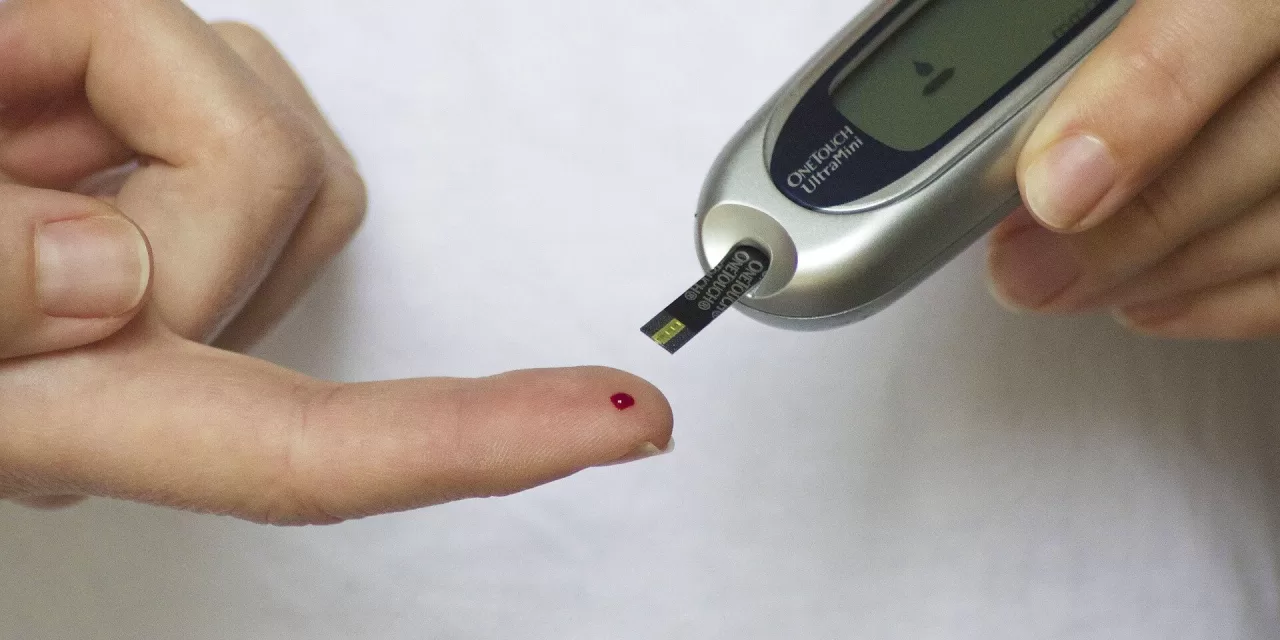As the global population continues to age, type 2 diabetes mellitus (T2DM) is becoming more prevalent, along with its associated complications. Among these complications, sarcopenia – a progressive decline in muscle mass and strength – is emerging as a critical but under-recognized concern. Sarcopenia not only contributes to frailty and reduced mobility in elderly populations but also increases the risk of falls, disability, and even mortality.
A new study from the Department of Geriatrics at Peking Union Medical College Hospital sheds light on the serious impact of sarcopenia in elderly T2DM patients. Published in the Medical Journal of Peking Union Medical College Hospital, this four-year prospective cohort study, conducted from January 2017 to January 2021, followed 244 elderly inpatients with type 2 diabetes, offering valuable insights into the long-term effects of sarcopenia in this group.
Key Findings
The research, which utilized the 2014 diagnostic criteria from the Asian Working Group for Sarcopenia, revealed that 25.4% of elderly diabetic patients in the study were diagnosed with sarcopenia. Over a median follow-up period of 5.6 years, sarcopenia was found to significantly increase the risks of severe disability, rehospitalization, and all-cause mortality.
- Severe Disability: Elderly diabetics with sarcopenia were 4.7 times more likely to experience severe disability compared to those without sarcopenia.
- Rehospitalization: Sarcopenic patients were 1.7 times more likely to be rehospitalized.
- Mortality: Sarcopenia increased the likelihood of death from any cause by 2.3 times, even after adjusting for other factors such as age, gender, and comorbidities.
The study also found that patients with sarcopenia had poorer nutritional status, higher rates of incontinence, and a greater history of falls. These factors contributed to the poorer long-term outcomes in this vulnerable population.
Implications for Healthcare
Dr. Lin Kang, the corresponding author of the study, emphasized the importance of sarcopenia screening in elderly diabetic patients, calling for its integration into routine care.
“Our research highlights the importance of recognizing sarcopenia as a key factor in the health management of elderly diabetics. Early identification and targeted interventions for sarcopenia could significantly improve their quality of life and lower the risk of disability, rehospitalization, and mortality,” said Dr. Kang.
The study advocates for proactive measures, such as regular sarcopenia screening, especially in hospital settings. Interventions like resistance training, nutritional support, and fall prevention strategies are recommended to help mitigate the effects of sarcopenia. Early and targeted management not only improves patient outcomes but could also reduce healthcare costs, easing the burden on families and health systems.
Moving Forward
Sarcopenia’s impact on elderly diabetics remains an area that requires more attention in clinical settings. This study serves as a call to action for healthcare providers to prioritize muscle health in elderly T2DM patients. With increasing awareness and appropriate interventions, the adverse outcomes associated with sarcopenia can be minimized, improving the quality of life for elderly individuals with diabetes.
As the population ages and the number of people living with diabetes grows, addressing complications like sarcopenia will become increasingly important. Incorporating sarcopenia management into standard diabetes care could prove crucial in reducing the overall burden of disease.
For more information on the study, refer to:
Zhang Ning et al, Impact of Sarcopenia on Long-term Outcomes in Elderly Inpatients with Type 2 Diabetes: A Prospective Cohort Study, Medical Journal of Peking Union Medical College Hospital (2024). DOI: 10.12290/xhyxzz.2024-0287











